
Jewish Resistance Movement Militant Activities in British Palestine
$19.50
Description
Jewish Resistance in British Palestine, 1944-1949
Timeline of Events: Jewish Resistance Movement in British Palestine (1944-1949)
This timeline is based on the provided excerpts from MI5 and SIS files.
- November 1944: Walter Edward Guinness, 1st Baron Moyne, the British Minister of State in the Middle East, is assassinated in Cairo by members of the Stern Gang (Lehi).
- October 1945: The Jewish Resistance Movement (Hebrew Rebellion Movement, United Resistance Movement) is established by the Jewish Agency. This alliance unites the three main Zionist paramilitary organizations: Haganah, Irgun Tzvai Leumi (Etzel, IZL), and Lehi (Stern Gang). The Movement aims to coordinate acts of sabotage and violent attacks against the British authorities in Palestine.
- October 1945 – August 1946: The Jewish Resistance Movement operates for approximately ten months, during which the Haganah, Irgun, and Lehi collaborate in militant activities against British rule.
- During the Jewish Resistance Movement (1945-1946): The provided files document a 1 a.m. call warning British military security forces about a planned assassination of the commander of British forces in Palestine, General Evelyn Barker, by the Stern Group.
- During the Jewish Resistance Movement (1945-1946): The files also include exchanges between British intelligence and the FBI concerning the activities of “Jewish commandos” in New York City.
- After August 1946: The alliance of the Jewish Resistance Movement dissolves. However, militant resistance to British rule by the individual Zionist paramilitary organizations (Haganah, Irgun, and Lehi) continues.
- Post-Dissolution (1946-1948): British intelligence continues to monitor and attempt to contain the activities of these groups, fearing attacks in Europe and Britain. This period sees an official “top secret” request for “special attention security check of all Jews travelling to the U.K.” due to the perceived security threat posed by the Stern Gang.
- May 14, 1948: The State of Israel is proclaimed.
- May 15, 1948: The last remaining British troops withdraw from Palestine, marking the end of the British Mandate. The first Arab-Israeli War begins.
- Until 1949: The MI5 files cover the activity of these underground Jewish resistance groups until the end of the Jewish insurgency, known by the British as the Palestine Emergency. The inability of British forces to stop the insurgency contributed to a shift in British public opinion against the deployment in Palestine.
- Throughout the Palestine Emergency (until 1949): The high cost of maintaining a large military presence (around 100,000 soldiers) in Palestine and the low morale of the armed forces due to the insurgents’ operations are factors that, according to Saul Zadka, led the British to conclude that holding onto Palestine was not worth the cost.
Cast of Characters and Brief Bios:
- Walter Edward Guinness, 1st Baron Moyne: An Anglo-Irish politician and businessman who served as the British Minister of State in the Middle East until November 1944. He was assassinated by members of the Stern Gang (Lehi) in Cairo.
- General Evelyn Barker: The commander of British forces in Palestine during a significant period of the Jewish insurgency. The Stern Group reportedly planned to assassinate him.
- Saul Zadka: Author of the book “Blood in Zion: How the Jewish Guerrillas drove the British Out of Palestine.” His perspective on the reasons for the British withdrawal is cited in the provided text.
- Stern Gang (Lehi): A Zionist paramilitary organization known for its more radical and violent approach to achieving an independent Jewish state. They assassinated Lord Moyne and were considered a significant security threat by British intelligence, leading to specific security measures.
- Irgun Tzvai Leumi (Etzel, IZL): Another major Zionist paramilitary organization that engaged in militant activities against the British authorities. They were part of the Jewish Resistance Movement.
- Haganah: The largest of the Zionist paramilitary organizations, which also participated in the Jewish Resistance Movement. While generally more aligned with the Jewish Agency, they also engaged in acts of sabotage and resistance against the British.
- Jewish Agency: The official representative body of the Jewish community in Mandatory Palestine. They played a key role in establishing the Jewish Resistance Movement in October 1945, bringing together the Haganah, Irgun, and Lehi.
Jewish Resistance Movement Militant Activities in British Palestine MI5 and SIS Files
936 pages of British MI5 files covering activity of underground Jewish resistance groups in British Mandate Palestine until the end of the Jewish insurgency in Mandatory Palestine, known in the United Kingdom as the Palestine Emergency, when the British forces’ inability stop the insurgency turned British public opinion against the deployment in Palestine, leading to Britain’s withdrawal. Covers Zionist paramilitary organizations such as the Stern Gang (Lehi), Irgun Tzvai Leumi (Etzel, IZL), and Haganah.
The files primarily date from 1944 to 1949, titled by the MI5, “JEWISH TERRORIST ACTIVITIES IN THE MIDDLE EAST.” They mostly cover activity during the time of The Jewish Resistance Movement (Hebrew Rebellion Movement, United Resistance Movement), from 1945 to 1946 when there was an alliance of the Zionist paramilitary organizations Haganah, Irgun and Lehi. The Movement was established in October 1945 by the Jewish Agency and operated for some ten months, until August 1946. The alliance coordinated acts of sabotage and violent attacks against the British authorities. Militant resistance to British rule continued after the alliance dissolved.
“The British didn’t have an end game,” according to Saul Zadka, author of “Blood in Zion: How the Jewish Guerrillas drove the British Out of Palestine,” “they didn’t know what to do, and the insurgents’ operations affected the morale of the armed forces very badly. The British papers were saying, ‘If you can’t control Palestine, just get out.’ And it was very expensive to keep 100,000 soldiers there. So overall, holding onto Palestine was not worth it. The cost was too high.”
The state of Israel was proclaimed on 14 May 1948. The following day, the last remaining British troops withdrew, and the first Arab-Israeli war began.
The files show how British agents tried to contain the threat of militant activities and keep the groups from launching attacks in Europe and Britain.
Highlights include:
The files cover a 1 a.m. call to British military security forces warning that Stern Group assassins planned to kill the commander of British forces in Palestine, General Evelyn Barker, that morning.
Exchanges between British intelligence and the FBI about the activities of “Jewish commandos” in New York City.
The files contain an official “top secret” request for “special attention security check of all Jews travelling to the U.K.” because of the security threat posed by the Stern Gang.
Various documents concerning the killing of Lord Moyne. Walter Edward Guinness, 1st Baron Moyne, was an Anglo-Irish politician and businessman. He served as the British minister of state in the Middle East until November 1944, when he was assassinated by members of the Stern Gang (Lehi).






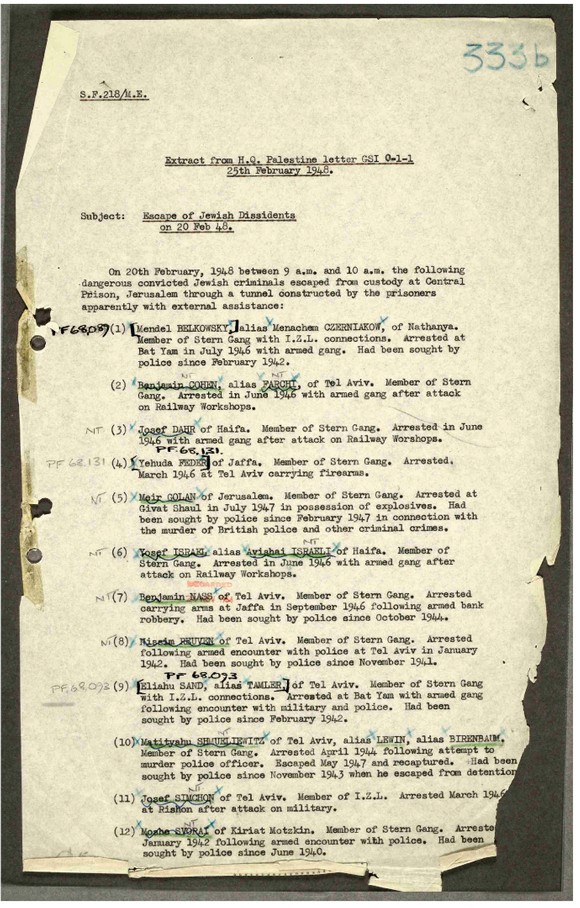
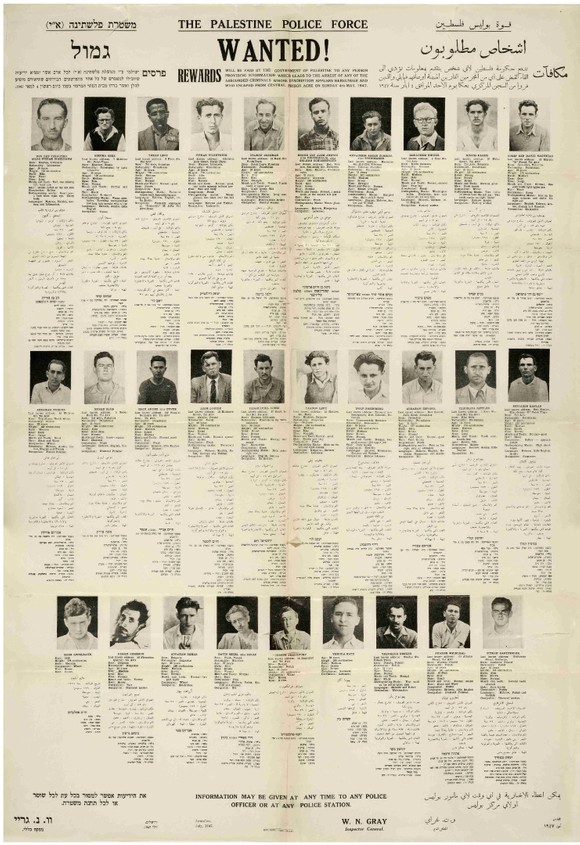
Related products
-

Viola Liuzzo Murder – Alabama KKK FBI Files – President Johnson Secret Phone Recordings
$19.50 Add to Cart -
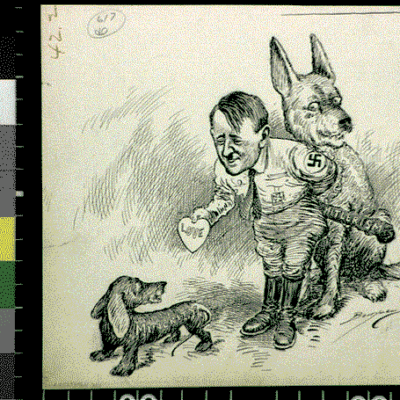
Clifford Berryman’s Political Cartoons from World War II
$19.50 Add to Cart -
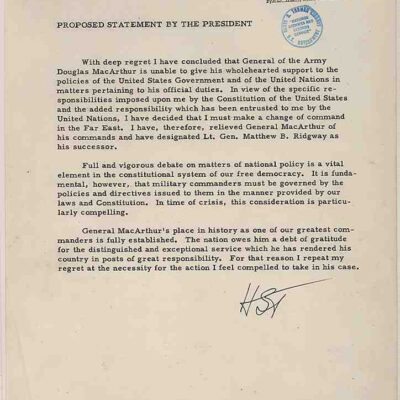
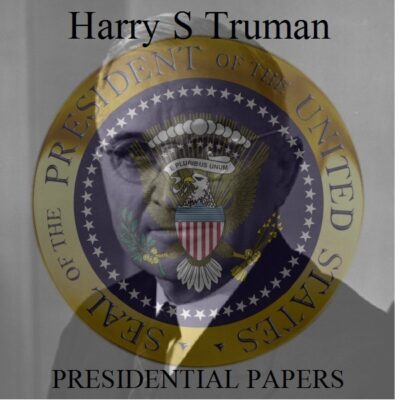
Harry S Truman Presidential Papers
$19.50 Add to Cart -
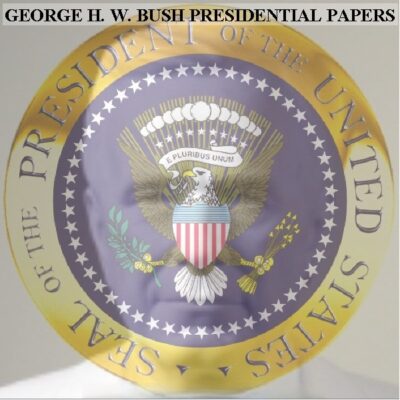
George Herbert Walker Bush Presidential Papers
$19.50 Add to Cart